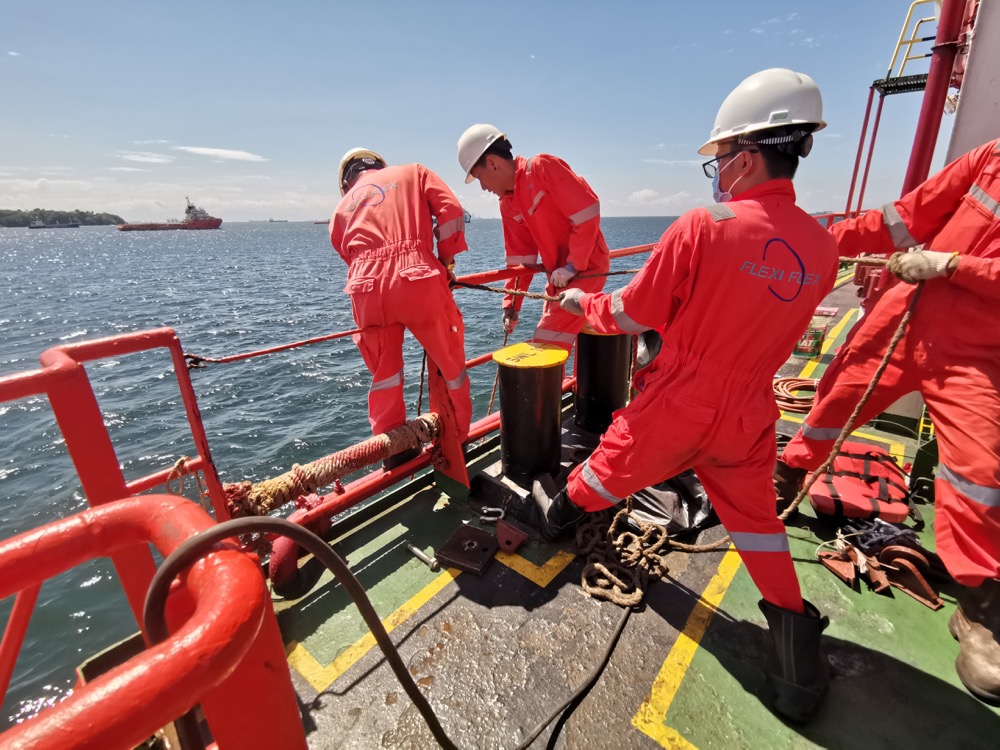Over the next few years, ships will start using ammonia fuel for low-emissions oceangoing cargo transport, but will seafarers will be ready and supported?
Engine technology and vessel design concepts are ready for the maritime industry’s transition to ammonia fuel, but now safety concerns and seafarer competencies need to be addressed.
The shipping industry is developing ways to begin using ammonia as a main fuel instead of heavy fuel oil and diesel, to decarbonise transporting cargo and products between continents by sea.
To date, there have been a few successful pilot projects demonstrating its technical viability; engine technology has been developed and tested; and several designs for ammonia-ready ships have been approved by classification societies.
Now the industry needs to ensure ammonia can be handled safely as a fuel and ensure crews can be provided with the competencies and support to use it.
An expert panel considered these challenges during Riviera Maritime Media’s Ammonia as a marine fuel: overcoming safety and cost considerations by 2030 webinar, which was held in association with Win GD on 7 April 2025 during Riveria’s Marine Propulsion: Fuels Webinar Week.
On the panel wereLloyd’s Register Maritime Decarbonisation Hub senior lead for human competency Anastasia Kouvertari, Solis Marine chief executive Rosalind Blazejczyk, V Group director for sustainability and decarbonisation Matt Dunlop, Anglo Eastern Group head of training Aalok Sharma and Win GD senior advisor for research and development, Andreas Schmid.
According to Ms Kouvertari, there are several working groups and alliances supporting the maritime industry in its adoption of ammonia fuel, while IMO subcommittees and committees are working through regulations.
Classification societies have granted approvals in principle for several ship designs and shipyards are building ammonia-prepared ships.
However, she said several ships may need significant upgrade work if ammonia fuel is to be deployed in future. “Readiness for ammonia is not easy to define, she said. “Many will require major retrofits, making it uneconomic.”
She added ships that are ammonia-ready level 4 and 5 may be able to run on this fuel if it is available. These owners should consider the “new competency requirements, occupational health hazards, operational and process safety, and gaps in competence and training standards and requirements.”






